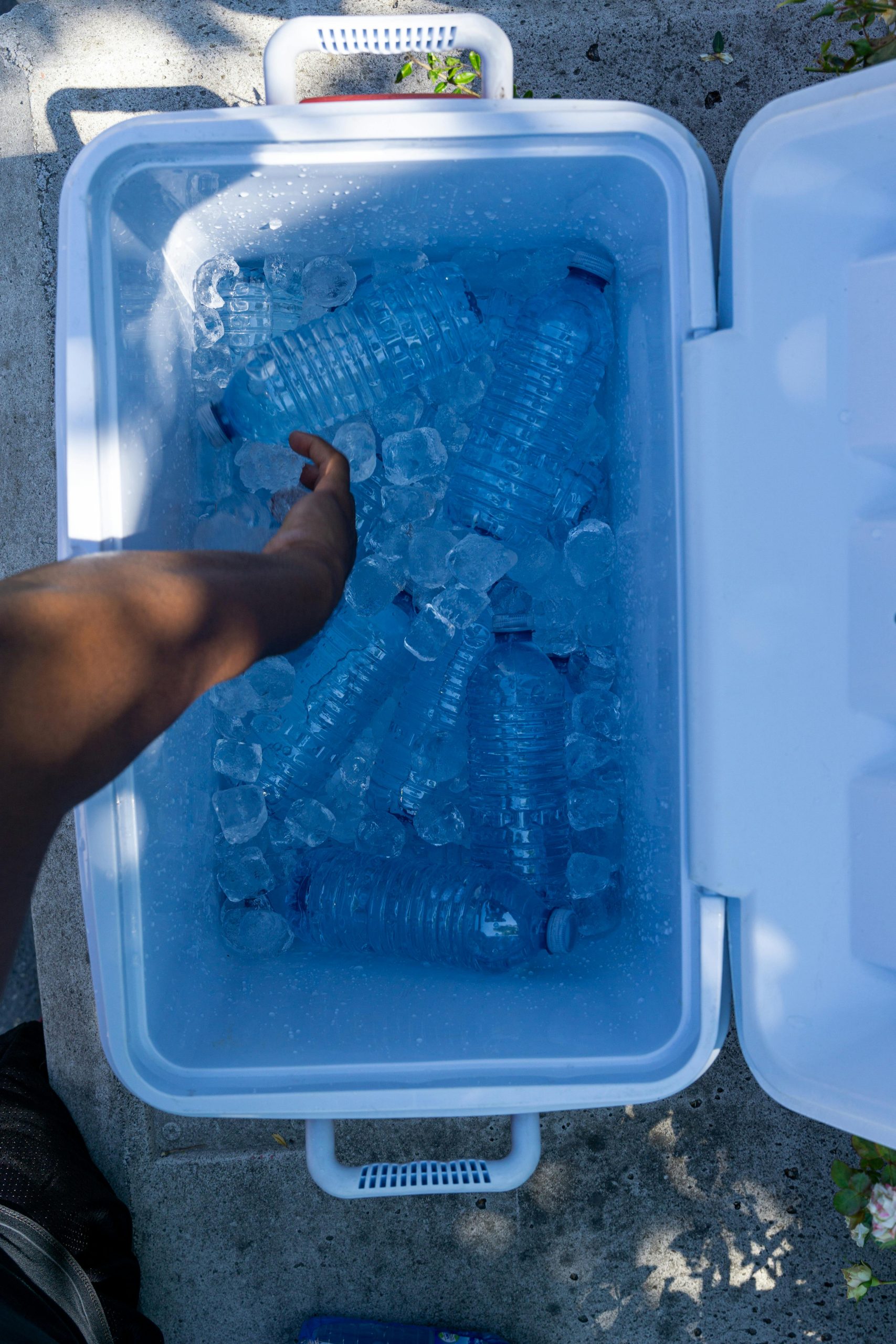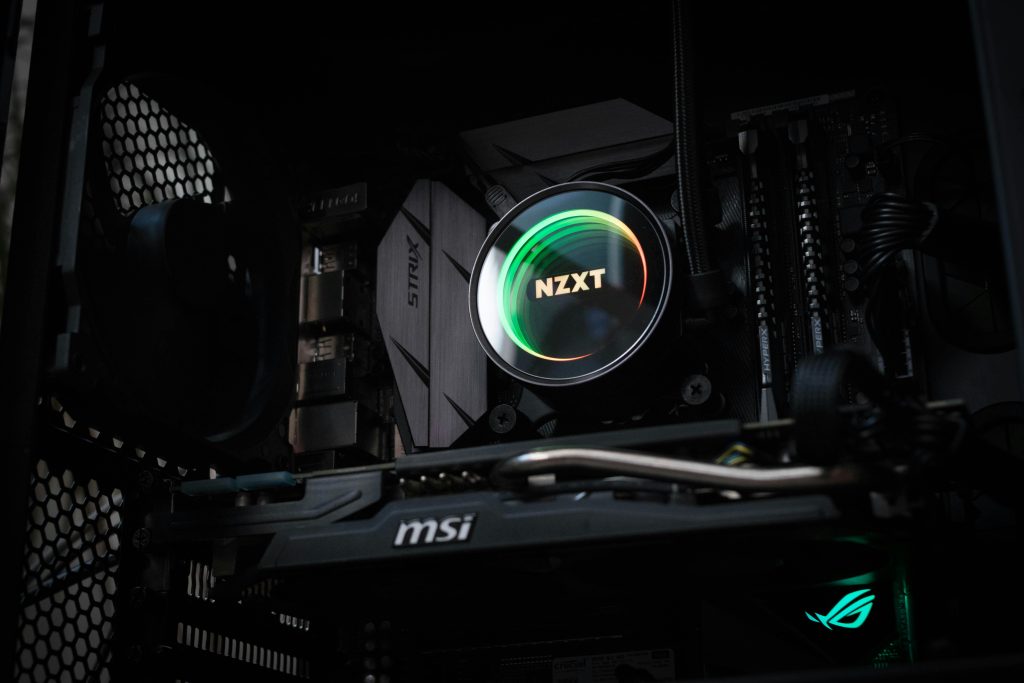Resolving KMODE_EXCEPTION_NOT_HANDLED Blue Screen Errors on Windows PCs
Experiencing Blue Screen of Death (BSOD) errors can be a frustrating experience for Windows users, especially when these errors occur unpredictably and disrupt your workflow. One common error code that users encounter is KMODE_EXCEPTION_NOT_HANDLED. In this article, we will explore the causes of this particular BSOD, steps for diagnosis, and effective solutions to resolve the issue.
Understanding the KMODE_EXCEPTION_NOT_HANDLED Error
The KMODE_EXCEPTION_NOT_HANDLED error typically indicates that a kernel-mode program or device driver attempted to access invalid memory or executed an illegal operation. This can result from hardware issues, driver conflicts, or system file corruption. Users often report that this error appears randomly or after periods of idleness, prompting concerns about hardware stability and driver conflicts.
Common Symptoms:
– Unexpected BSOD crashes without warning
– System restarts automatically after the error
– Occasional system freezes or sluggishness
Diagnosing the Issue
To effectively troubleshoot this error, start by collecting relevant diagnostic data, such as minidump files generated during the crash. These dump files contain valuable information about the process and driver responsible for the crash.
If you have available minidump files, analyzing them with tools like BlueScreenView or WinDbg can help pinpoint the problematic driver or system component.
Example:
In a recent case, a user shared a link to their minidump files (note: ensure any shared links are secure and intended for troubleshooting purposes). Analyzing similar dump files often reveals issues related to outdated or incompatible drivers, faulty hardware, or system file corruption.
Common Causes of KMODE_EXCEPTION_NOT_HANDLED Errors
– Incompatible or outdated device drivers
– Faulty hardware components (RAM, hard drive, graphics card)
– Corrupted system files
– Recent Windows updates causing conflicts
– Malware infections
Steps to Resolve the Error
-
Update Device Drivers
Ensure all hardware drivers are up-to-date, especially critical components like graphics, network, and storage drivers. Use the Device Manager or visit hardware manufacturer websites for the latest versions. -
Run System File Checker (SFC)
Open Command Prompt as administrator and run:
bash
sfc /scannow
This command scans and repairs corrupted system files that might contribute to the error. -
Check for Windows Updates
Keep your Windows operating system current by installing the latest updates, which often
Share this content:



